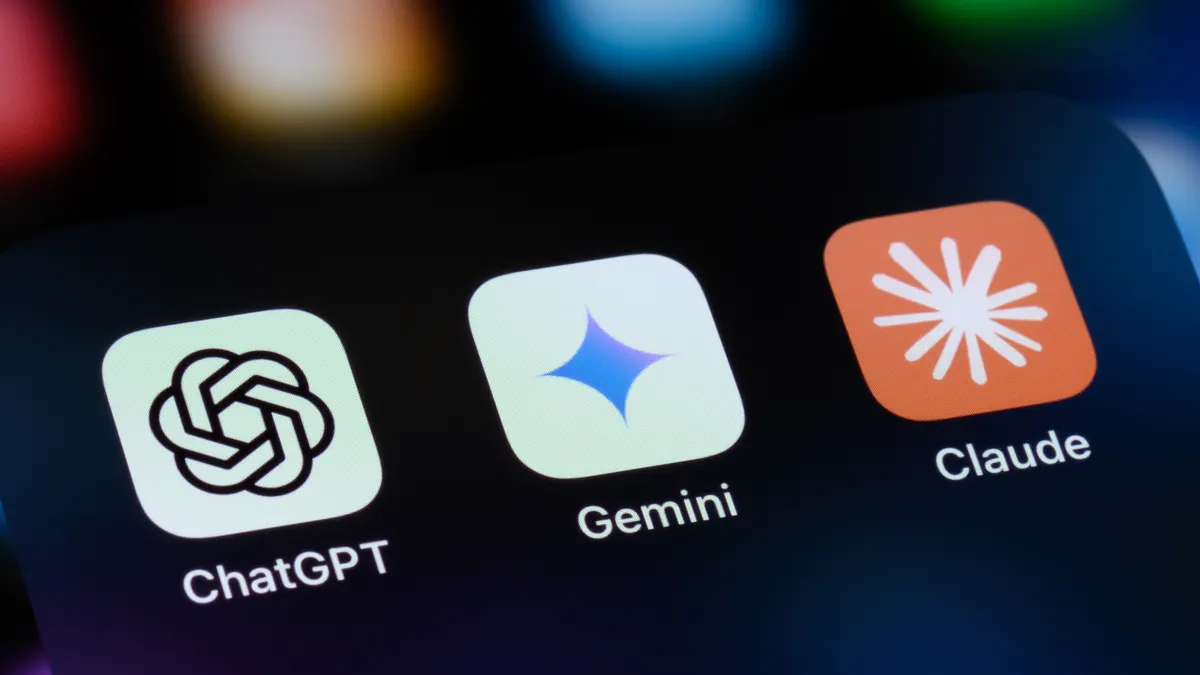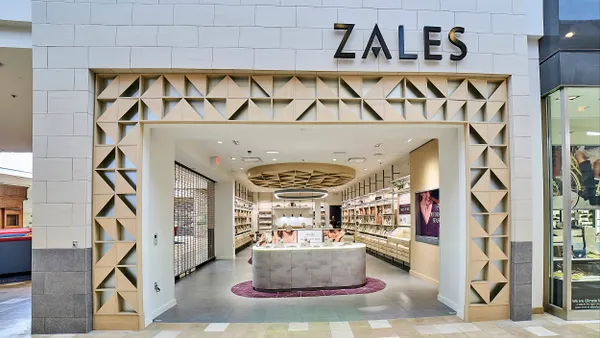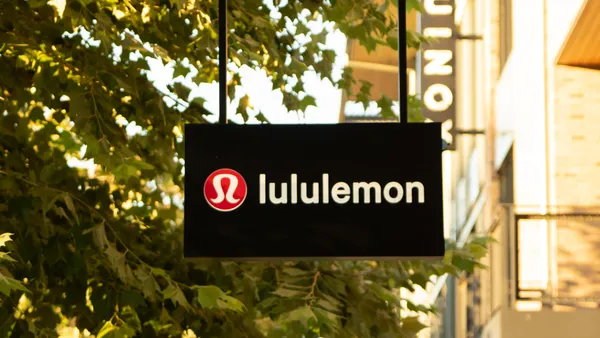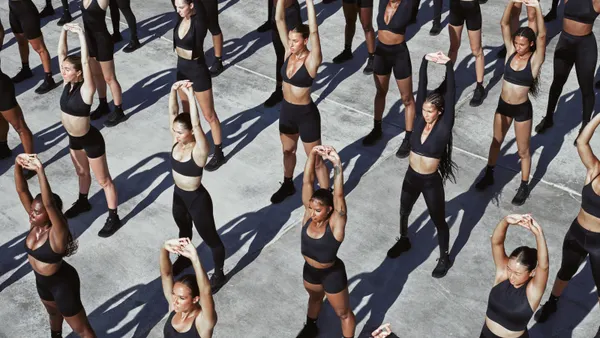Dive Brief:
-
Upscale apparel and accessories retailer Michael Kors is joining Burberry, Tommy Hilfiger, Tom Ford, Banana Republic, Thakoon, and Rebecca Minkoff in making goods available as soon as they’re unveiled via fashion shows, starting this fall.
-
A capsule collection of shoes and handbags to be unveiled Wednesday will be available on the Michael Kors website as well as at its Madison Avenue Michael Kors Collection store in New York, which will also host an event celebrating the collection, Women's Wear Daily reports.
-
The moves are a departure from high fashion tradition, which keeps the catwalk and mass orders separate in most cases.
Dive Insight:
While upscale brands have sold accessories and perfumes online — and through less upscale department stores for that matter — many are now embracing the web because their customers are demanding it. That’s introducing a host of logistical challenges, McKinsey reports.
Luxury retailers are behind in technology and have security concerns when it comes to shipping because of the high-dollar value of their goods. They also often have much less inventory of any one release, and that small amount could be scattered at stores or warehouses worldwide.
Now, despite such challenges, it seems the traditional gap between fashion shows and commerce, including e-commerce, is collapsing.
And it must, in light of millennials’ love for many such brands, says Shelley E. Kohan, VP of retail consulting at store analytics firm RetailNext, but also considering their expectation of immediate availability.
“Customers want it now,” Kohan told Retail Dive about the current wave to make fashion shows goods shoppable. “There’s an emotional immediacy attached to that.”
The move could help Michael Kors, which, like other high-end accessories brands, has been facing a tough sales environment and, also like other high-end brands, is getting more serious about e-commerce. The company recently reported better than expected sales, topping 6% in the quarter including the holiday season, but that was a far cry from its more than 50% growth in the years since going public in 2011.














